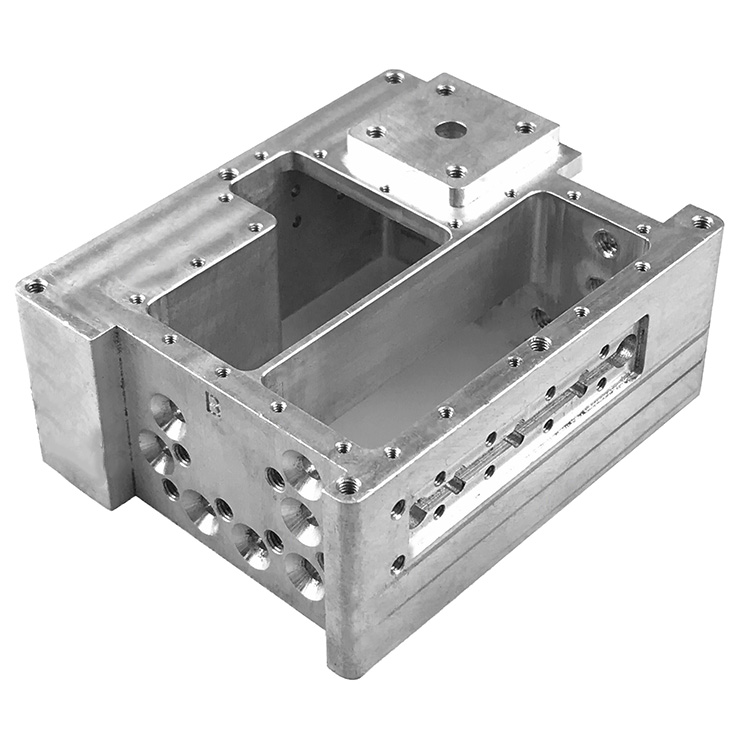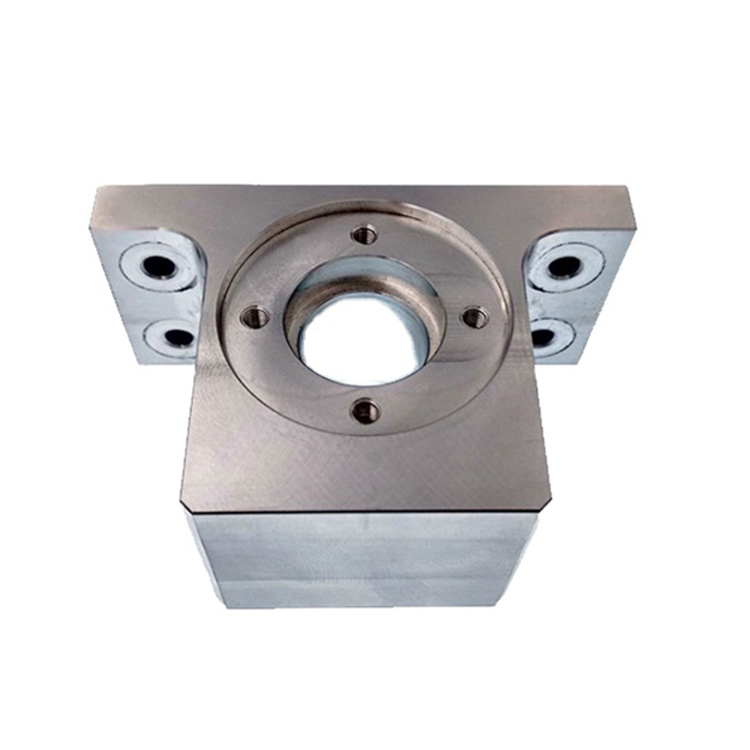
What are the Requirements for 5-axis CNC Machining of Car Lamp Housings
As a part of automotive components, the use of 5-axis CNC machining for the car lamp housing requires certain specific requirements to ensure the quality and performance of the final product. Here are some common requirements:
Complex geometric shapes: Car lamp housings typically have complex surfaces and shapes, and 5-axis CNC machining can simultaneously handle multiple axes, making it easier to handle these complexities.
High precision: The appearance and performance of the car lamp housing require high precision, so 5-axis CNC machining requires a high-precision machining process to ensure that the size and shape of the components meet the design requirements.
Surface quality: Car lamp housings typically require a smooth surface, and 5-axis CNC machining can better handle curved surfaces to achieve higher quality surface finish.
Material adaptability: The car lamp housing can be made of various materials, including plastic, aluminum alloy, magnesium alloy, etc. 5-axis CNC machining requires adaptation to different types of materials, providing corresponding tools and machining parameters.
Cooling and cutting parameters: Due to the complex contours and details involved in the machining of car lamp housings, the cooling system needs to effectively cool the cutting area to prevent material overheating.
Process planning: 5-axis CNC machining requires careful planning of the process path to ensure that the tool can move steadily throughout the entire machining process, avoiding interference and collision.
Safety: 5-axis CNC machining may involve more complex machine and tool movements, therefore appropriate safety measures need to be taken to prevent accidents and incidents from occurring.
By meeting these requirements, 5-axis CNC machining of the car lamp housing can effectively produce high-quality, high-precision, and aesthetically pleasing car lamp housing components.









